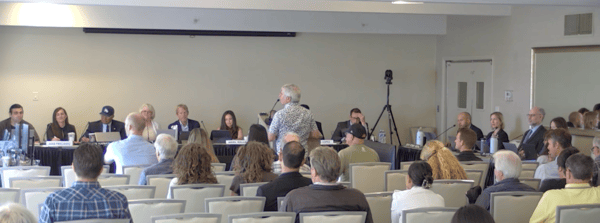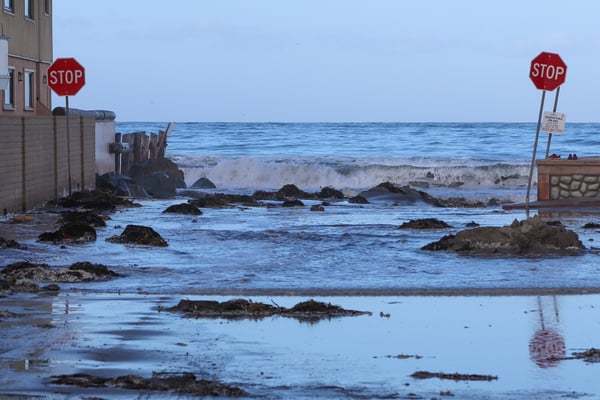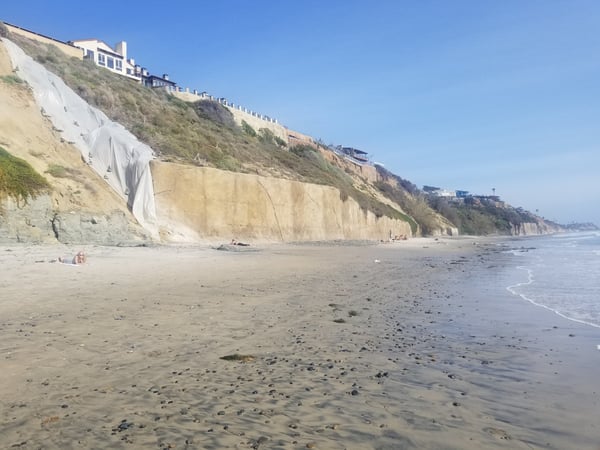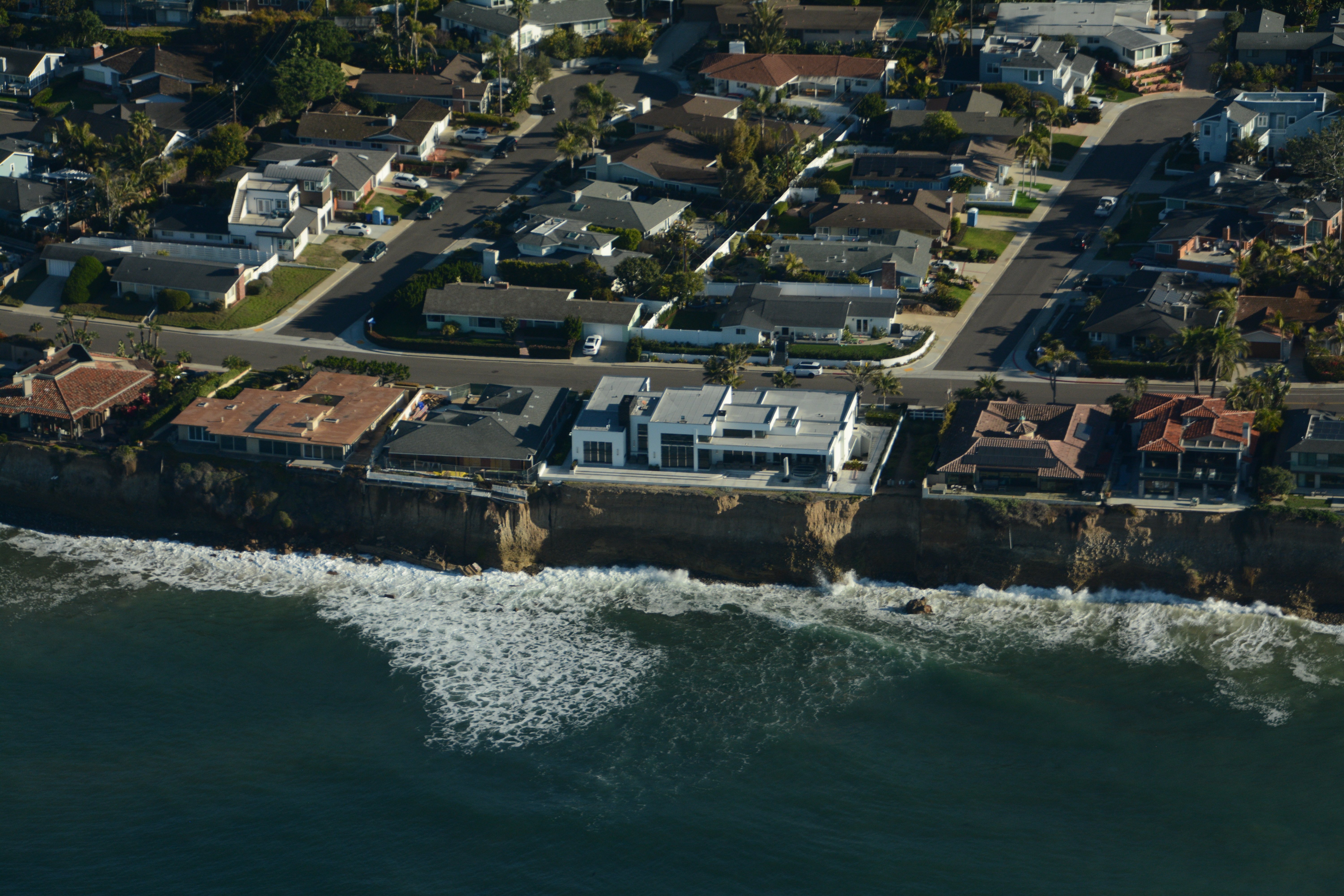
Beach Preservation
Preserving beaches is core to our mission.
But, how can we enjoy our beaches if they're disappearing before our eyes? Enter our Beach Preservation committee, the most effective volunteer watchdog for the preservation and protection of San Diego County’s 70 miles of coastline.
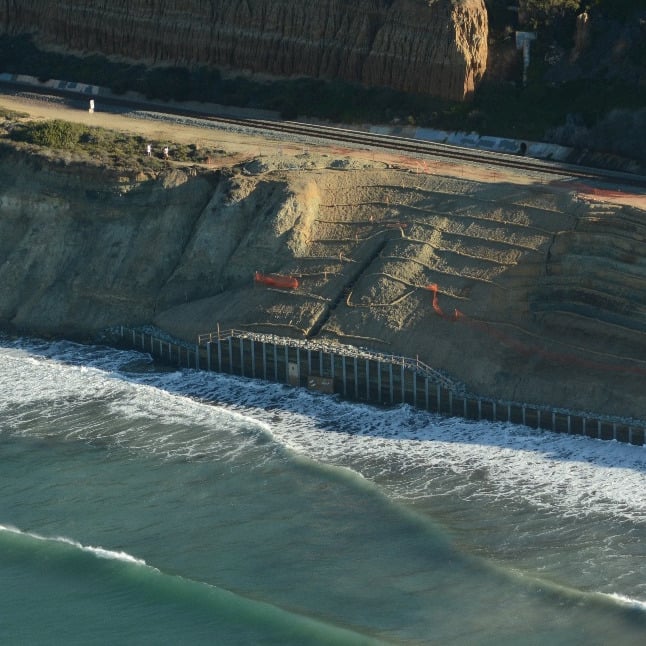
About the Program
Our volunteer-led Beach Preservation committee keeps tabs on issues that negatively affect beach access and the future of our coastline. We fight to ensure access to the beach, by first making sure there is a beach to protect, and by keeping coastal cities and the California Coastal Commission accountable. If you would like to learn more and/or become active in the critical work of preserving San Diego’s beaches, there is a seat at the table for you.
Beach Pres meets monthly on Monday evenings, 1-2 weeks prior to the California Coastal Commission.
Rising tides, shrinking beaches
Human activity has greatly accelerated sea level rise, exacerbating the erosion of San Diego County beaches. By 2050, we stand to lose 50-100 feet of beach in many areas of the county. For example, a Sea Level Rise Vulnerability Assessment by the city of Del Mar found that the city’s beaches could be completely underwater by 2060. Sea level rise impacts are not exclusive to San Diego; Southern California stands to lose up to two-thirds of its beaches entirely if climate change is left unchecked, according to the United States Geological Survey. This video, which provides local footage of the annual King Tides event, offers a sobering glimpse of what our beaches will look like in the future.

Seawall construction in Solana Beach

Concrete fill next to natural bluff erosion, Solana Beach

Seawalls south of Fletcher Cove in Solana Beach

Seawalls and coastal armoring
Prioritization of private property at the expense of public beaches
Casual beachgoers often assume seawalls are built for their protection, but this is almost never the case. Coastal armoring, like the seawalls that line Solana Beach or the boulder revetments that line Oceanside's coast, are typically constructed by homeowners to prevent damage to their property. The problem is that sea walls set an artificial back to the beach. This interrupts the natural landward migration of our beaches that has accelerated due to sea level rise. Additionally, coastal armoring has been shown to worsen erosion, meaning the construction of seawalls is the quickest way to lose our beaches. Click below to learn more.
Sand Supply
Beach sand is primarily a product of the weathering of land, and most of it comes from rivers and streams. In San Diego, it also comes from the erosion of coastal bluffs. Development upstream has severely interrupted natural sand flow to San Diego beaches, as have harbors, jetties, and other hard structures along the coast. This loss of natural sand sources contributes significantly to the thinning of our beaches.
Historically, sand has been imported to our beaches at taxpayer cost. Surfrider Foundation is not opposed to beach (aka sand) nourishment per se, as it is a preferable “soft solution” to the hard armoring we oppose. However, we recognize that beach nourishment is, at best, a temporary solution to maintaining our beaches for several reasons.
First, ocean currents constantly displace beaches; sand does not stay where you put it. Secondly, sand nourishment alone will never be sufficient to mitigate rising seas. Third, sand projects can negatively impact surfing resources. And lastly, different types of sand can negatively affect wildlife, especially microbial communities.
Beaches belong
to the public
They should be accessible to everyone. But our access is constantly being challenged by private property owners, developers, poor city planning, sea level rise, or a combination of all of the above.
Maintaining beach access in an era of development requires thoughtful and specific action, especially as it becomes buried by other priorities. As the threat of rising sea levels looms, for instance, seawalls have unfortunately become a go-to short-term solution to protect private property. In many areas of San Diego County, seawalls now block previously accessible beach access points. In other cases, private property owners have chosen to limit beach access illegally. Click below to read the policy statements that guide our beach preservation and access advocacy.
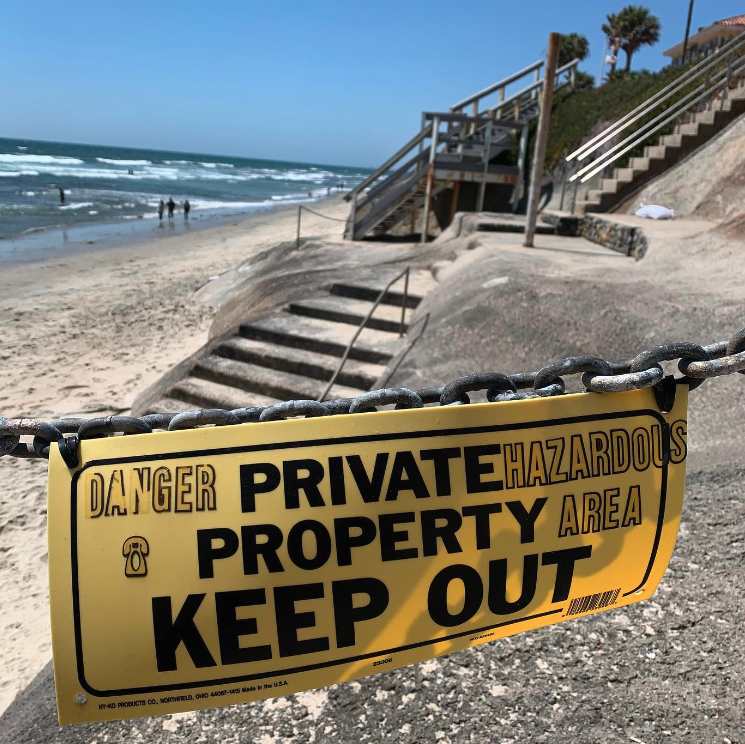
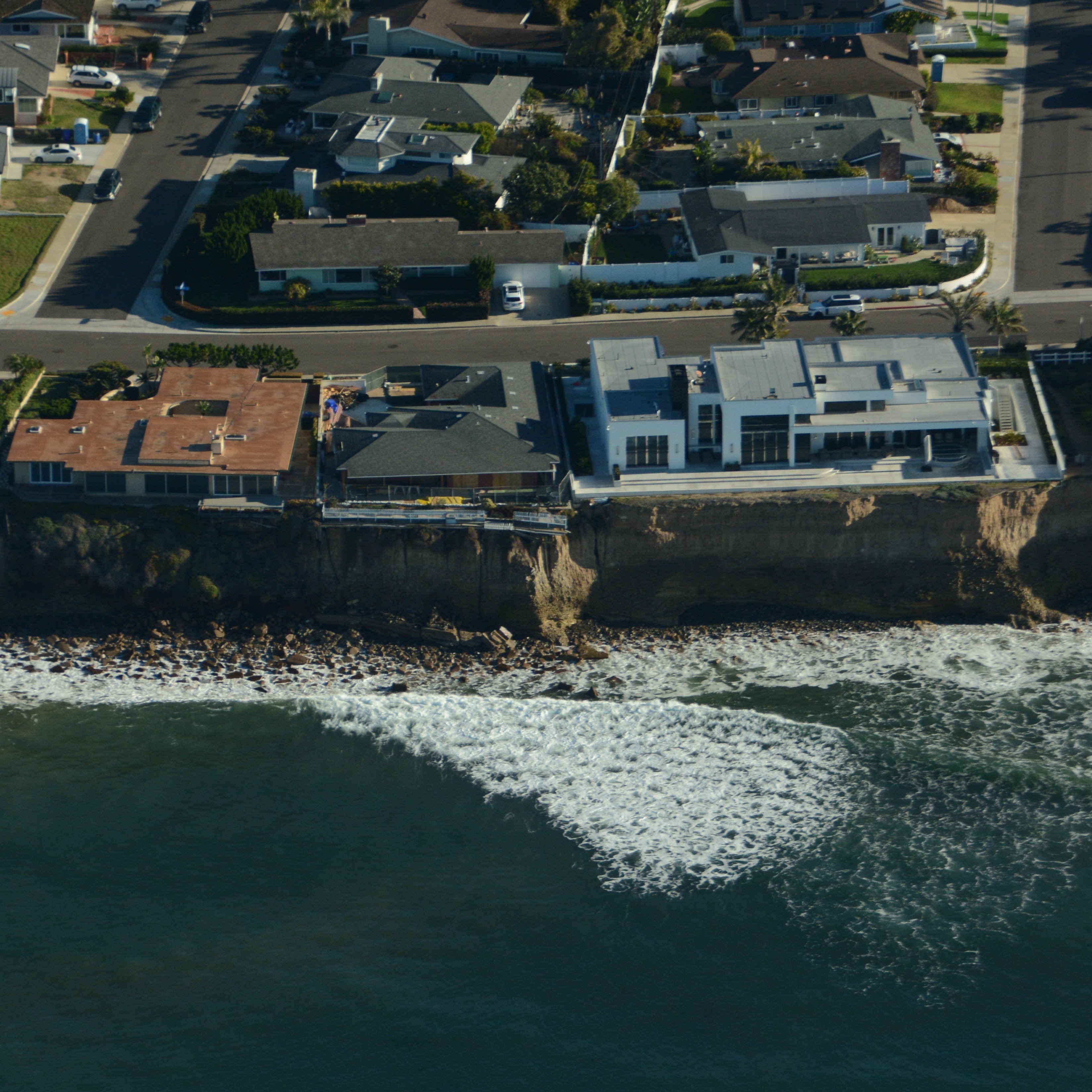
Managed retreat,
or unmanaged retreat
The sea level in San Diego County is projected to rise one foot by 2050 and up to 7 feet by 2100. Each ‘vertical’ foot of sea level rise equates to the loss of 50-100 ‘horizontal’ feet of beach. The science is quite clear; we will lose our beaches if we do not leave space for our beaches to migrate landward. This is why Surfrider Foundation advocates for a policy known as managed retreat.
Other entities advocate for beach nourishment and engineered solutions to preserve our beaches, but these expensive strategies have unintended consequences and will be ineffective as sea levels rise exponentially by the turn of the century. Simply put, the ocean is moving landward, and we cannot stop it. We can have a managed retreat or an unmanaged one.
We believe the former is a better deal for everyone.
Restore the Shore
The video below covers the majority of our Beach Preservation issues in only 5 minutes, and features some great visuals and interviews with Surfrider activists. Check it out!
For a longer and more in-depth look at coastal processes and how they dovetail with our beach preservation work, we recommend our Solana Beach walk video.
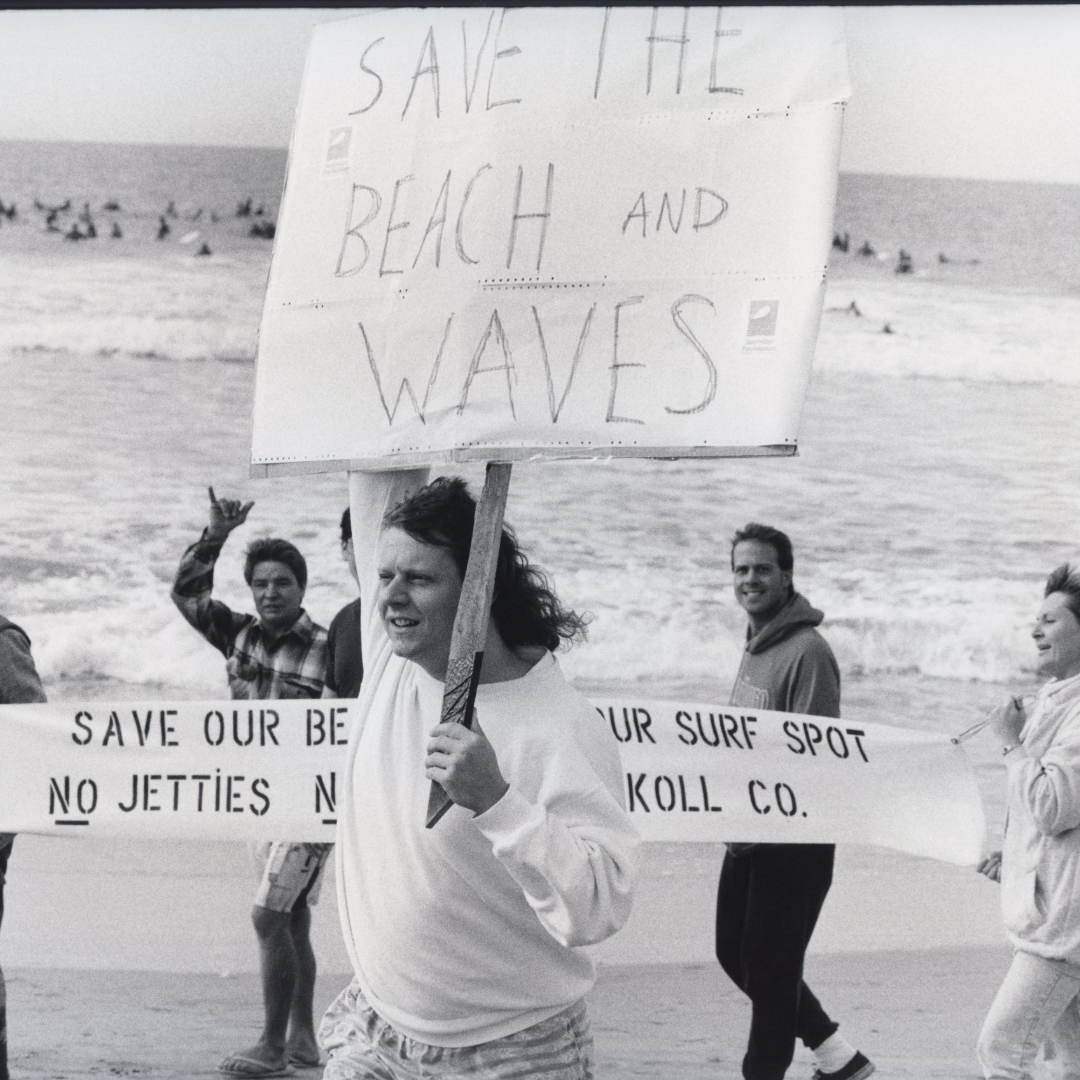
Advocacy Log
Most, if not all, of our advocacy efforts include position letters to cities and agencies which are held in the public record. In an effort to maximize transparency as an organization, we maintain a log of our public position letters on our website.


